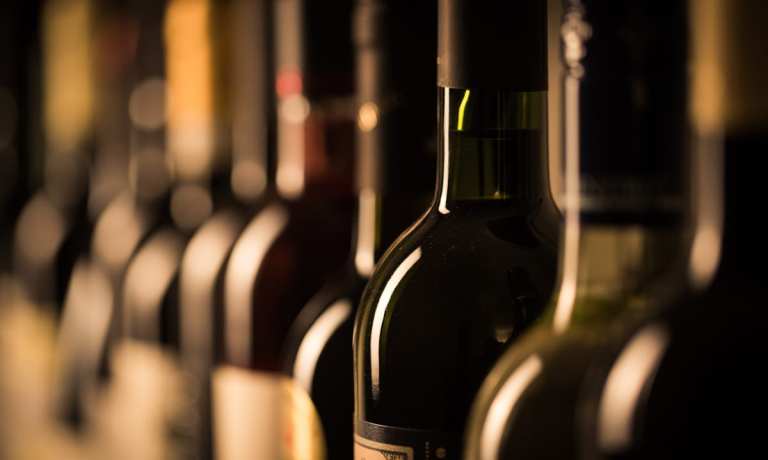
For many consumers, wine is more than a beverage — it is a symbol. A high-value bottle of wine represents status and access, and knowledge of the many different factors that can make a bottle of wine valuable can be a symbol of social standing. Of course, most people cannot afford to have their own wine cellar stocked with multi-hundred-dollar bottles, leaving many wine lovers forced to seek out alternative ways to indulge their passion. For some, that looks like trying to find the best-tasting bottle at the “$10 and under” shelf at their local wine store. For others, it means seeking out discounts.
Unfortunately for wineries, discounting their products can take a significant toll on their reputation. eCommerce wine platform Underground Cellar looks to solve this by redefining value, creating it not through subtraction but through addition. Rather than offering premium wines at reduced prices, the company gamifies the wine-buying experience by allowing consumers to buy wine within their price range, and then upgrading a handful of these bottles to higher value wines.
“By upgrading bottles instead of discounting, wineries can protect their brand and their pricing structure,” Underground Cellar Founder and CEO Jeff Shaw told PYMNTS in an interview. “In the world of a Groupon, the last thing a high-end Napa winery wants is to be listed on the internet with a big red X through the price … it tarnishes their brand,” and trains buyers to expect discounts going forward.
Investors and consumers are getting behind this vision — earlier this month, the company announced a $12.5 million Series A fundraise along with the sale of its millionth bottle.
Bang For Your Buck
Through this system, half of all bottles are upgraded to higher priced ones. On rare occasions, wines can even be upgrade to bottles that are hundreds of times more expensive. This system not only products wineries’ brands but also meets consumers’ desire for quality, as well as for surprise and delight.
Shaw explained that he has observed that consumers are less interested in finding the lowest priced products, especially wines, and more interested in finding the highest value options, which can be achieved either through discounts or through upgrades. He gave the example of a child buying cards and finding a rare, valuable card in the pack or of an adult arriving at a hotel and being informed that their room has been upgraded to a corner suite.
“People already love and understand upgrades,” he said. “It’s this really awesome feeling — people love that experience of feeling special, being exclusive, getting something better than they paid for, and so we captured that and digitized it.”
I Could Get Used To This
Once consumers taste the difference between a $15 bottle and a $300 bottle and experience the rush of owning the latter, they may become more passionate about wine than they were before.
“Because we have wine experts, curating these collections together, customers trust the curation, and they put down their guard a bit,” said Shaw. “They open up to being willing to try new bottles, especially bottles that are outside their normal price range.”
To this end, the company is allocating part of its recent fundraise to building out its data team to understand the wine upgrades that customers would enjoy the most. This insight into customer preferences, in addition to allowing the company to create value for that customer, also gives Underground Cellar a better understanding of broader trends in customers’ preferences. He noted that this allows the company to “go out and partner with those wineries and build these collections that are really going to resonate with the different customer segments.”
Creating Collectors
When wine becomes part of the customer’s identity, their spending reaches a whole new level. Shaw said that, much like with children’s trading cards, when consumers see themselves as collectors, they are far more likely to spend more and to branch out, purchasing items that they may otherwise not have considered.
“When people can try these bottles, they start to get into the mindset that they are now a collector,” said Shaw. “And once a user believes that they’re a collector of wine, they try all these different varietals and wineries they might not have been familiar with before.” And along with that, the amount people are willing to spend buying wine “drastically goes up.”
Accordingly, Underground Cellar encourages customers to begin to see themselves as wine collectors. It reduces the barrier of entry to wine collection by allowing customers to store up to 500 bottles of wine in the company’s temperature controlled “CloudCellar” in Napa Valley, from which they can order bottles to be shipped when they are ready.
“It’s a great way for people to discover and learn about wine,” said Shaw, “and be able to buy bottles at their price point but get to level up and try bottles they otherwise might not have access to.”